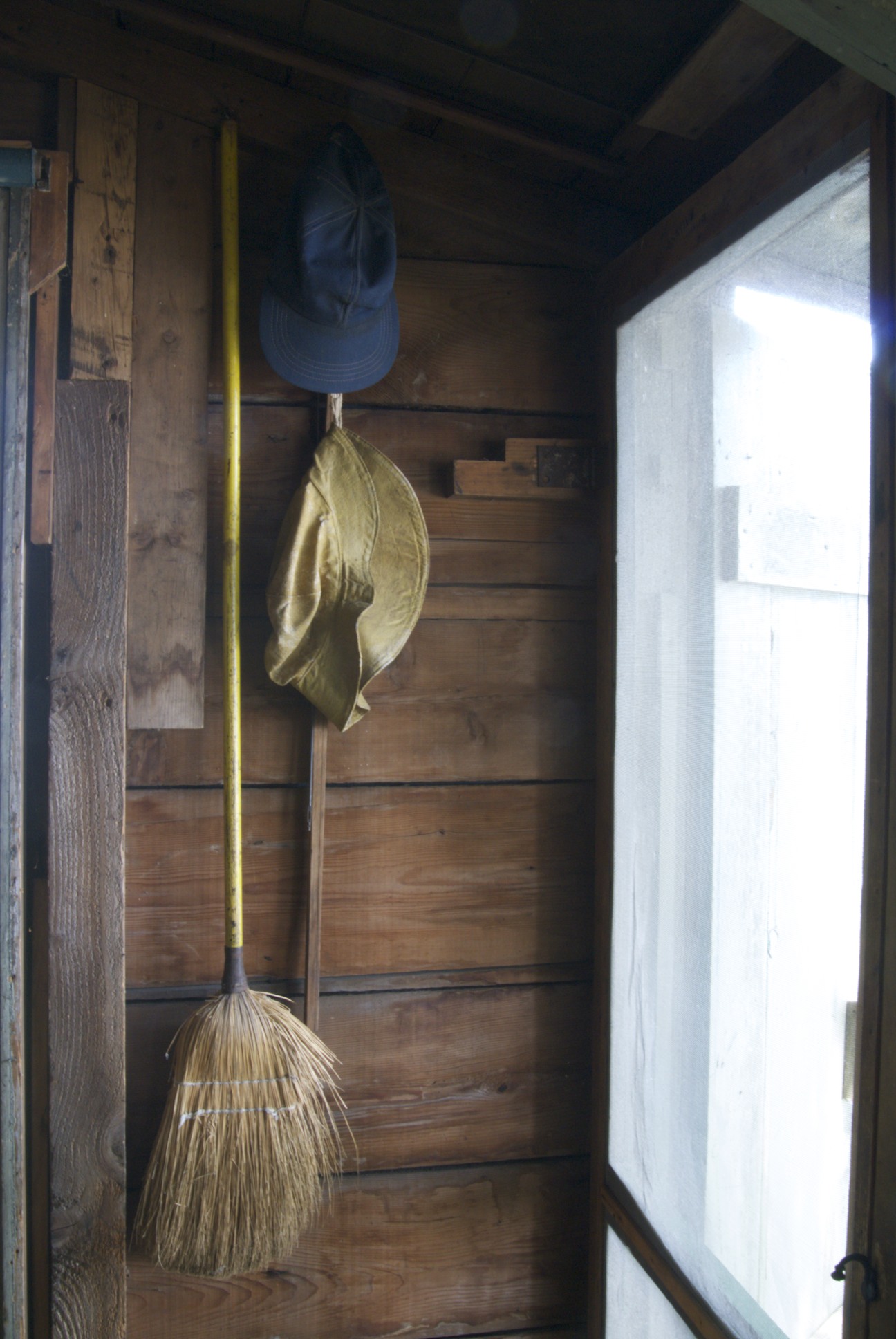
What part does interpersonal relations (and, in particular, the Johari Window) play in the social construction of reality? First, most interpersonal theories (and the Johari Window in particular) suggest that social construction is truly social. Reality is created simultaneously by both parties or (in the case of a group) by all parties participating in the relationship. Second, given the co-determination of social constructions by the parties involved in an interpersonal relationship, one can’t help but wonder if this interpersonal system is self-contained. Participants in the relationship would not readily recognize the arbitrary constructions in this relationship.
Furthermore, these constructions are likely to be self-fulfilling. All parties in the relationship are likely to act in a manner that fulfills their expectations regarding the way(s) in which the relationship will operate and the way(s) in which each party will operate in the relationship. The self-contained relationship is also likely to be “self-sealed.” None of the constructions can be discussed by any party in the relationship—unless the relationship is about to collapse under the weight of one or more outmoded or dysfunctional constructions.
Third, it is primarily in Quad One where social realities are defined. Quad One thus becomes the interpersonal “construction zone”—filled with activity and purpose. Fourth, Quad Two and Quad Three often hold the alternative constructions or versions of reality for both (all) parties. These alternative constructions are held out of Quad One because they challenge Quad One assumptions and constructions. They challenge assumptions regarding what is and is not appropriate for Quad One disclosure, feedback and discussion.
Fifth, in high-context, deeply and richly textured (enmeshed) societies, most of the constructions are dictated by external sources (external locus of control), whereas in low-context, lightly-textured (disengaged) societies, fewer of the constructions are dictated by external sources (internal locus of control). The more enmeshed a society, the fewer external critics are available to call attention to the assumptions and constructions in interpersonal relationships. Furthermore, the more enmeshed a society, the less will distinctive Quad Two and Quad Three material be available to any party to the relationship—and the greater will be the amount of material remaining in Quad Four.








